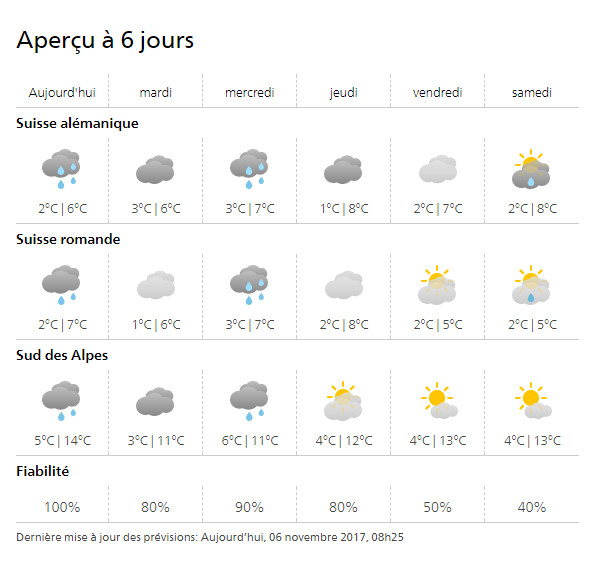Winter is coming in #Nendaz @valaiswallis #inlovewithswitzerland pic.twitter.com/xlRUEc03Wm
— Nendaz Switzerland (@NendazSuisse) November 5, 2017
Snowed most of today higher up (25cm new snow @ 2332m) above 2000m but the temps have now dropped & snowing down to the village. #Mürren pic.twitter.com/uYszSupj7C
— Mürren Lover (@Murrenlover) November 5, 2017
Feeling excited to see colors have changed. Welcome Winter ❄️/ ? @qn_nicolas #Verbier #inlovewithswitzerland pic.twitter.com/i5YDQllGeb
— Verbier (@VerbierResorts) November 5, 2017
Swiss ski resorts will be hoping this change in the weather marks the start of the winter season. However early snow does not guarantee a prolonged ski season. Last year snow arrived in November but was followed by an exceptionally dry December and no fresh snow until January in many parts of the country.





 Please whitelist us to continue reading.
Please whitelist us to continue reading.